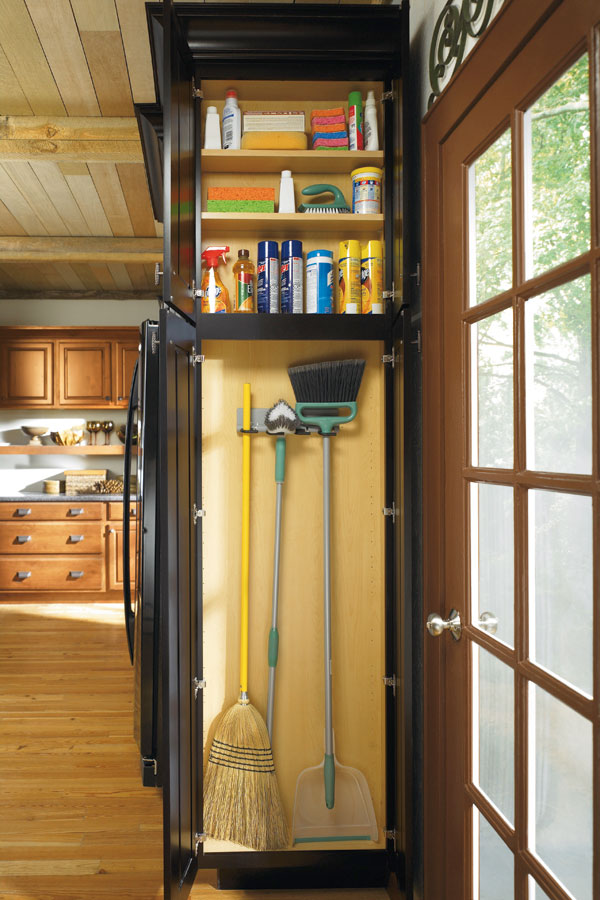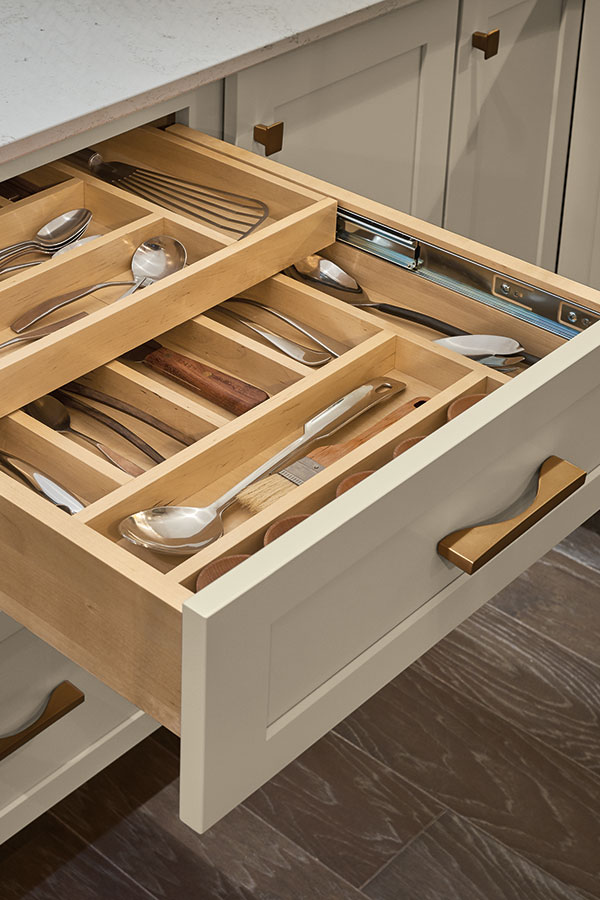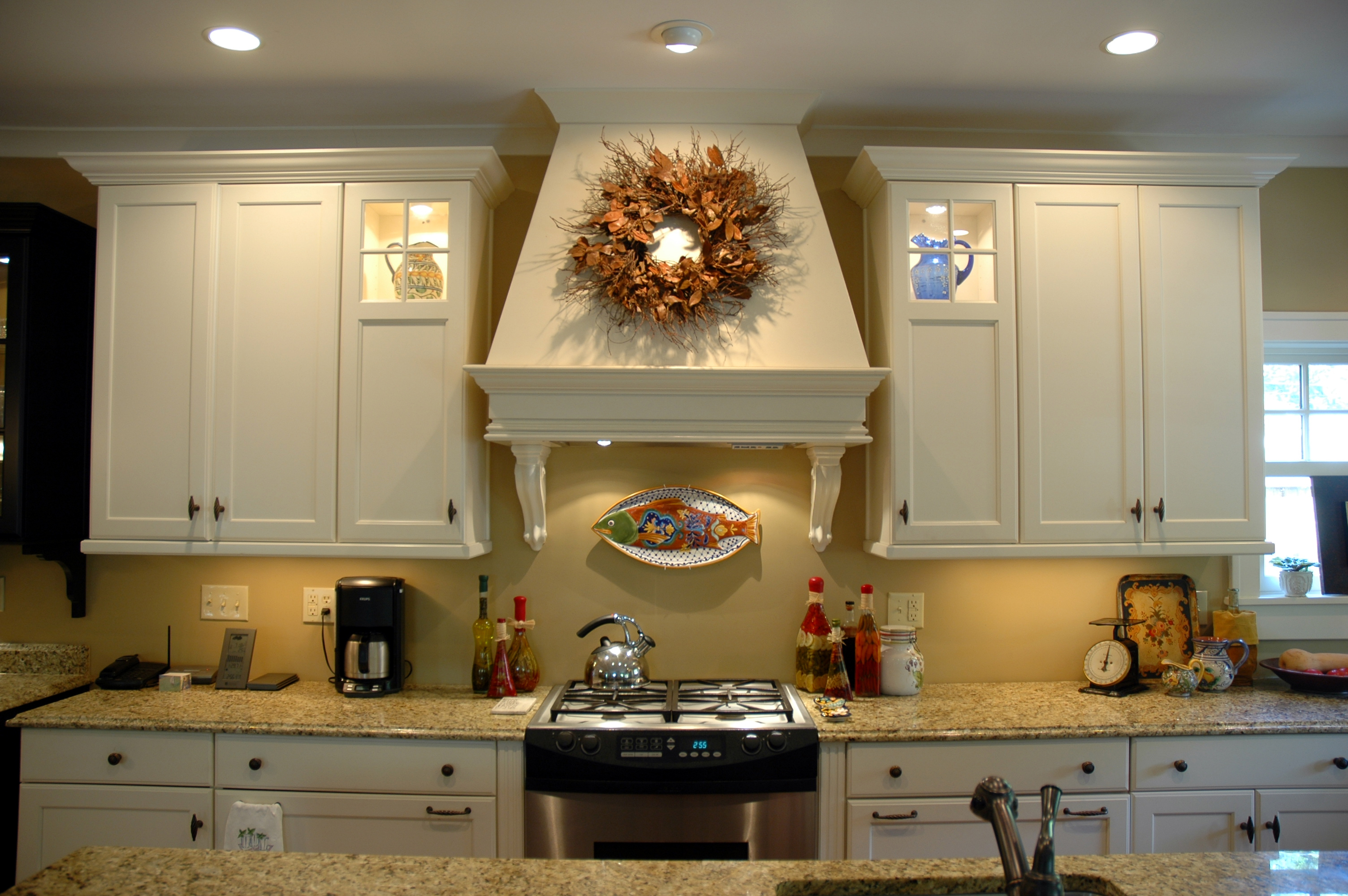Warranty information has at least one characteristic in common with a legal document or owner’s manual … they are not terribly exciting reading. However, like most small print, you should take a moment to read and understand the warranty. As you consider the various cabinetry options, remember to consider these 4 questions.
- What is covered?
Almost all warranties cover defects in the materials used in a cabinet’s construction. For example, if the hinge on a cabinet door breaks, a replacement hinge will be provided. Likewise, any defects due to workmanship will be covered. If the cabinets arrive and a piece of molding has a scratch in the finish, a new piece of molding will be supplied.
2. What is not covered?
There are three key items that are typically not covered by warranty … misuse, natural aging/darkening of the wood, and labor to replace defective materials. As you would expect, the warranty excludes damage from misuse, abuse, negligence and improper installation. So, if your son uses the drawer as a ladder to reach the cookie jar on the counter, any damage will not be covered.
Over time, wood and finishes will be affected by a variety of environmental factors … lighting, smoke, humidity, and household cleaners to name a few. Painted cabinets will eventually have small, visible cracking around joints due to the expansion/contraction of the wood from variation in household humidity. These are all considered part of the natural aging process of wood. Consequently, they are not considered imperfections and are not covered by warranties.
When an item is considered defective, the warranty only covers providing a replacement part. The labor cost to install/replace the defective part is typically not covered.
3. What is the length of the warranty?
Warranty length is generally related to the price of the cabinets. The more expensive the cabinets, the longer the warranty. In general, warranties run from 5 to 25 years. As you move to more expensive semi-custom or custom cabinets, the warranties are for the lifetime of the cabinets.
4. Is the warranty transferable?
Almost without exception, the warranty is only good for the original purchaser … it cannot be transferred when your home is sold.
If you believe there is an issue covered by warranty, we encourage contacting the company which supplied the cabinetry. They will be in the best position to help resolve your issue as quickly and conveniently as possible.




